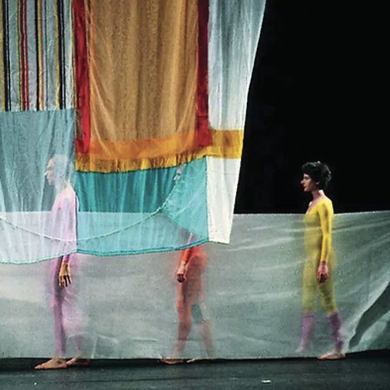Wherever they came from (Egypt? India?), the disparate forces of flamenco eventually converged on Andalusia, with moors, gypsies, and Jews living in close proximity. How perfect, then, that the now-ubiquitous phenomenon—the flamenco festival—first sprung up in southern Spain. The 23rd Flamenco Biennial of Seville flaunts the same big names as other prestigious flamenco fests: the modernist Israel Galvan, the gender-fluid Manuel Liñán, the spectacular Eva Yerbabuena, the wild Farruquito. But an appealing wonkiness of approach is specific to Seville, with many works digging into the particulars of the art form. One show transmutes the 66 styles of flamenco song into dance. Another devotes itself entirely to the hosting city’s eponymous step, the ebullient and sinuous sevillana. The Chilean sister-act of dancer Florencia Oz and cellist Isidora O’Ryan takes flamenco’s vaunted earthiness at its word in an ecologist’s delight that substitutes circadian rhythms for musical ones. And Andrés Marín tests flamenco’s commitment to passion in a profane vision of Dante’s Paradiso, with the sensuous Ana Morales as Beatrice. —Apollinaire Scherr
Arts Intel Report
XXIII Bienal de Flamenco / Sevilla 2024

Promotional art for Andrés Marín & Ana Morales: Matarife/Paraíso, at the 23rd Flamenco Biennial of Seville.
When
Sept 11 – Oct 5, 2024
Etc
Photo courtesy of Ayuntamiento de Sevilla



